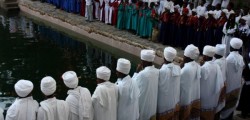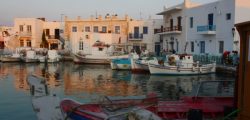SECRETS OF THE TAYGETUS – living in the skirts of The Prophet.
A guest blog by James Heneage.
Eight years ago we moved into a shepherd’s hut, the only building standing on the new land we’d bought just north of Kardamyli in the Peloponnese and were contemplating the task of creating our idea of paradise amongst the terraced olives above.
Now we wake each morning on top of it all: a tower bedroom that sits above many others scattered across the slope below, with views over the Messinian gulf in front and the Taygetus Mountains behind. It is a sight of immense calm and some portent, depending on your angle. Looking behind us on a sunny May morning, when the knee-deep flowers climb towards the Prophet’s peak still brushed with snow, its eye-closingly calm. On a wild night in January, it’s a reminder that the old gods are still angry.
The Prophet Elijah (Profitis Ilias) is the tallest of the Taygetus Mountains that run like a dinosaur’s spine from Sparta down to Cape Tainaron, where the entrance to Hades once existed. The name of the mountain (and our house) is not original. It’s common in Greece for a region’s highest point to be named for the Prophet. Once they were all named for the sun god Ilios and had shrines. With Christianity, ilios turned to Ilias and shrine turned to church, which made sense given that Elijah was taken up to heaven in a chariot of fire. Ever since, the Prophet has taken up where Zeus left off: hurling storms and thunderbolts down upon us through the winter months.
The mountains of the Mani have always been a place of both danger and refuge. If you walk their extraordinary ravines, endless man-altered caves honeycomb the walls. For centuries, Greek parents would tell their offspring of the fierce Melingoi Tribe that lived there, a Slavic people who’d invaded the Peloponnese in the 7th century and were still given to stealing naughty children from their beds. Dim memories of weak Spartan babies left out to die on their slopes must have added to a sleepless night.
Over the 400 years of Ottoman rule, the caves were home to the klephts, mountain brigands (think ‘kleptomania’) that preyed on travellers. My son’s favourite dish of lamb ‘klephtiko’ consists of lamb slow-cooked with vegetables. It was once prepared in a hole in the ground so that its smoke and smell would not summon the Turks. During the Second World War, numberless allied soldiers might have eaten it again as they found refuge among the tiny villages that cluster the Taygetus slopes. There’s a photograph I’ve seen in a mountain taverna that includes a young man with fair hair and a moustache posing with villagers in the 1950s. I feel sure he’s not Greek.
These days, Profitis Ilias is our favourite mountain to climb. It takes four days from the Sparta side and we do it quite often with guests. Day one we drive over to the fabulous Byzantine ruins at Mystras, then climb to the village of Anavriti for the night. Day two, we walk up to the less comfortable refuge which sits above the forest. Day three, we rise early to get to the peak, look out over the best view in Europe, then walk back down to Anavriti. Day four, we drive home to Ilias. From our (Kardamyli) side, we can climb the peak in a day, but it’s a long one.
Once a year, we watch others do it. On the Prophet’s Name Day (July 20th), pilgrims and others ascend the peak to pray and party through the night. Some do it in bare feet. After dark, they light a huge bonfire that can be seen from far below. Next morning, they rise to watch the perfect pyramid of the mountain shadowed across the lesser peaks by the rising sun. One day, we’ll join them.
Long, long ago, that perfect pyramid was thought to lie at the centre of the world: equidistant between the three major oracles. For us, it’s still there and miraculous every morning. And every evening when the setting sun turns it pink. Then we know the gods, and the Melingoi, will let us sleep in peace.
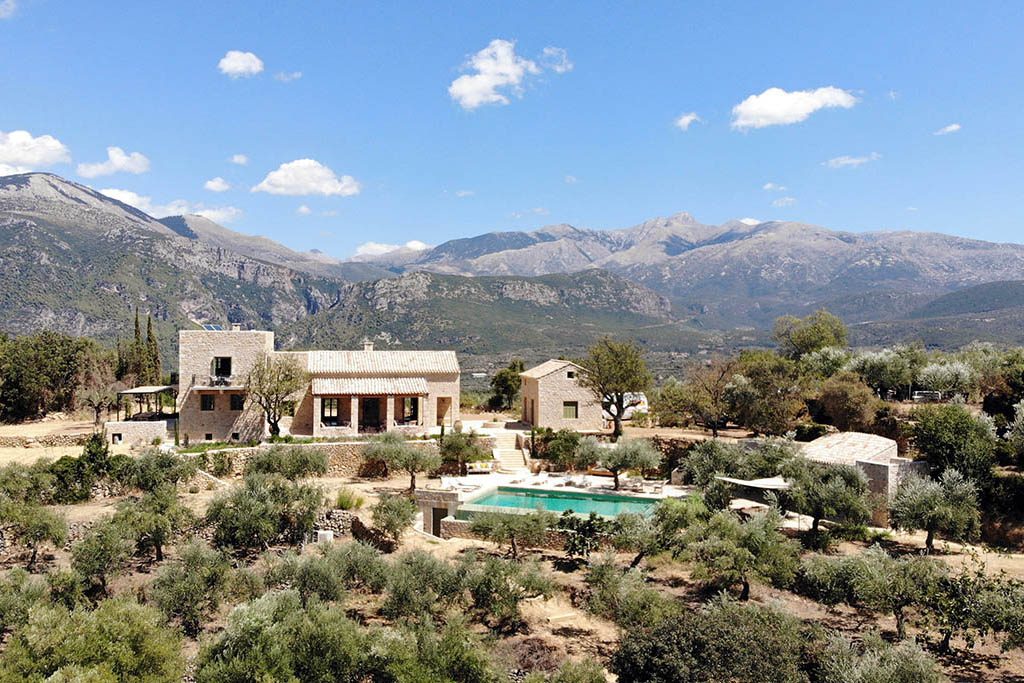
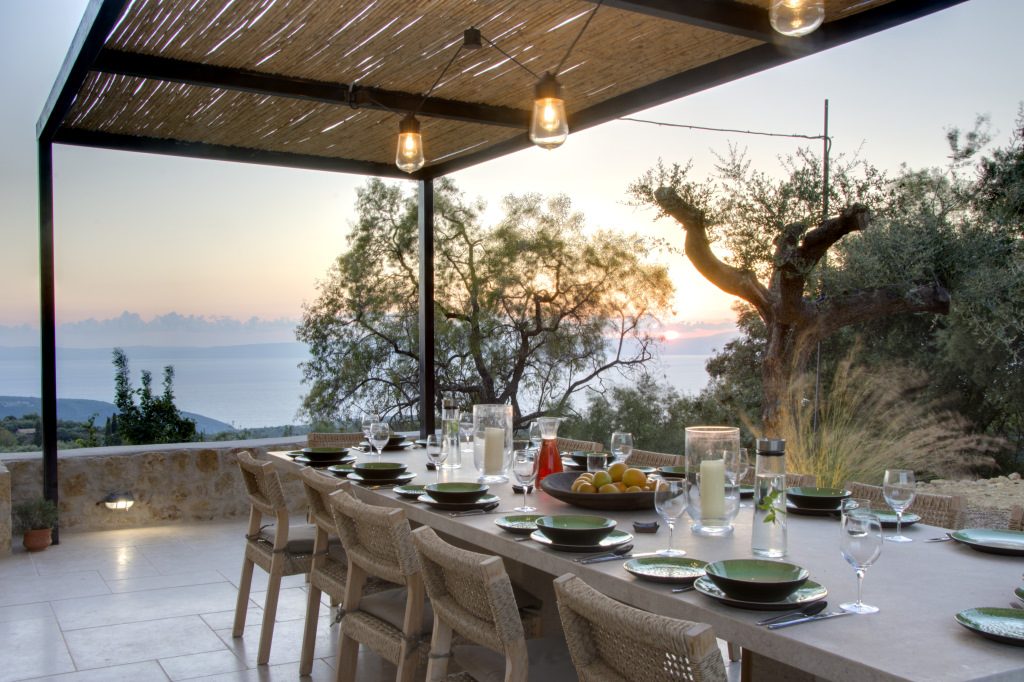
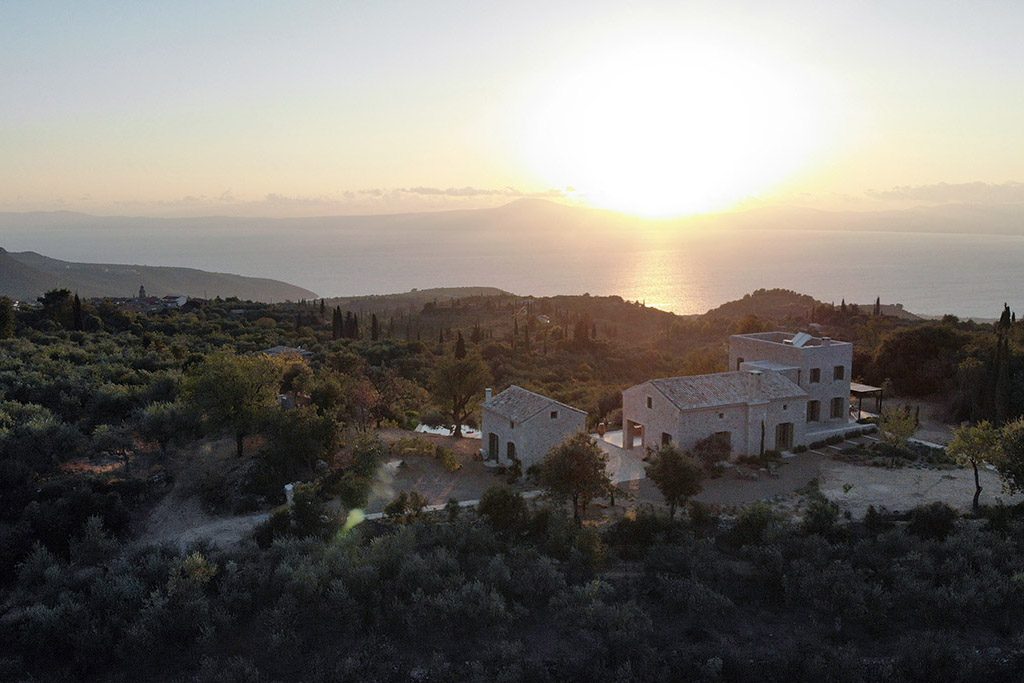
James Heneage is the author not only of this blog, ( thank you James!) but also of the page-turning, medieval bodice-ripping trilogy called the Chronicles of Mystras, and the utterly fabulous The Shortest History of Greece, which Five Star Greece cannot recommend highly enough. To stay at James’ beautiful and romantic house, either with his unique escorted tours or without, contact us.




